Military
Only 100,000 US World War II Vets Are Left - This Is What We'll Lose When They're Gone
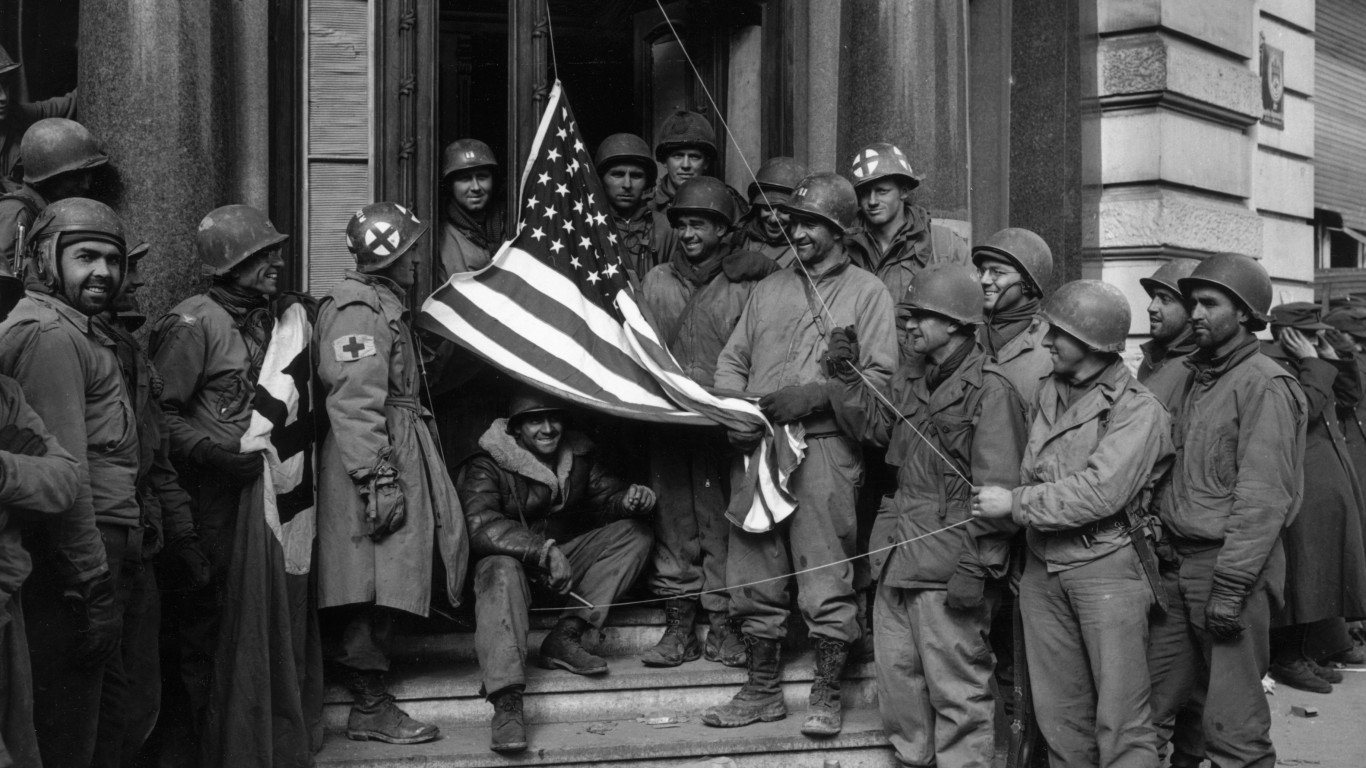
Published:

World War II had such a tremendous impact on American culture and so saturates our media and entertainment, it seems like it happened only a few years ago. But it’s been 79 years since the war ended and those who fought in the war are quickly passing away. The departure of these vets will be a true loss not only for their families but for America and the world.
24/7 Wall St. Insights

World War II started in 1939 and ended in 1945. The United States didn’t get involved in the fighting until the Japanese attack on Pearl Harbor in 1941. The government required all healthy men aged 18-64 to register with a local draft board for potential service throughout the war plus 6 months after. However, the military was able to meet its needs by drafting only up to age 45. Over 16 million Americans served during the war. 61.2 % of those who served were drafted and the other 38.8% volunteered

By 1945, these were the personnel numbers for each branch of the military:

Here are some stats on those who served:
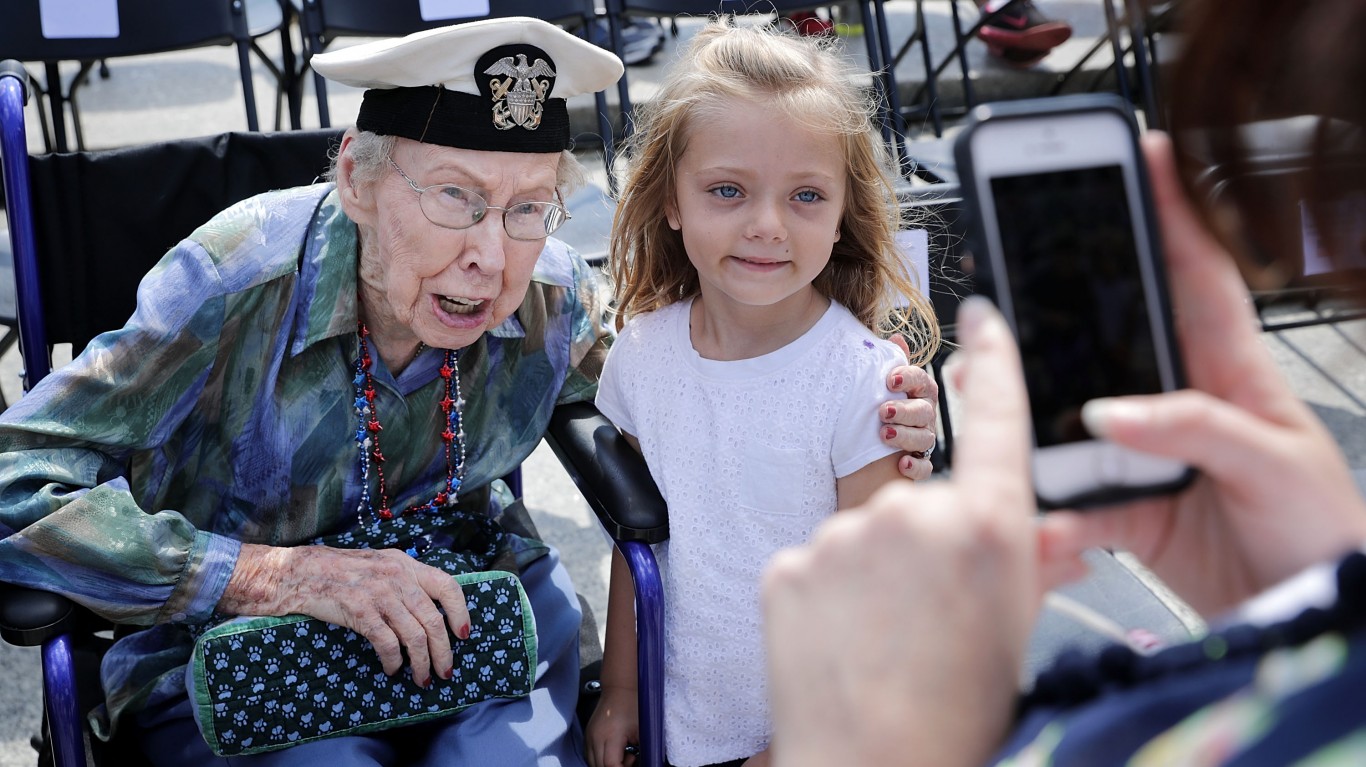
Women were not drafted into the service but about 358,000 women volunteered. They served as medical personnel, clerks, mechanics, intelligence officers, cryptographers, logistics specialists, switchboard operators, and radio operators, Women’s Airforce Service Pilots tested planes, ferried them from place to place, and trained male pilots.

About 13% of the U.S. military service members during the war were ethnic minorities. African-Americans were segregated into separate military units.

About 407,000 American military died during the war and another 671,000 were wounded. Here’s how that breaks down for each branch of the service:

In 1944 Congress passed the Servicemen’s Readjustment Act, also known as the “GI Bill of Rights.” It provided our vets with funding for education, government-backed loans, help finding jobs, and unemployment payments. Those payments were $20 a week for a year with no restrictions on how it was used.
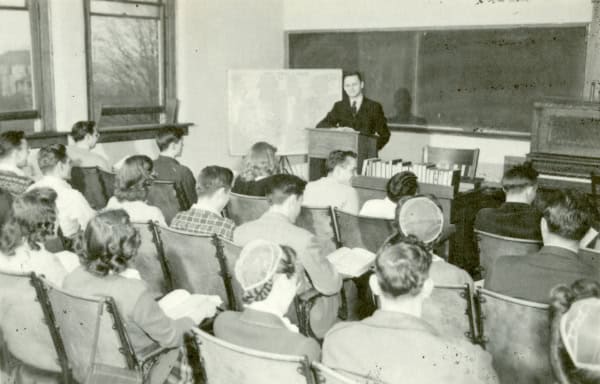
Under the GI Bill, veterans who served up to 90 days could get $500 toward an educational program. In 1945, college tuition ranged from $200-$500 a year. Half of the vets took advantage of the offer and by 1947, half of all college students were vets. By 1950, colleges had to expand their facilities to take care of 300,000 more college graduates a year. The GI Bill meant that college education was no longer just for rich people, and a greater variety of careers were open to working class men and women.

Veterans took out government-guaranteed loans to purchase, build, or renovate homes or buy a farm or farm equipment. Banks were willing to loan to them because the government would compensate them $2,000 or 50% of the loan if a veteran defaulted. At the time, the median sale price of homes was about $4,600. By 1950, the government was backing the loans of over 2 million homes. The demand for houses fueled the development of enormous suburbs outside the limits of every major city.

The Army decided that soldiers could serve on the front line somewhere between 60 and 240 days before reaching a mental breaking point from the constant stress of being on alert, adrenaline-fueled combat, and the traumatic stress of the horrors they witnessed. They would evacuate soldiers to aid stations behind the frontlines, inject them with sodium amytal to put them to sleep for 48 hours, give them a hot meal, hot shower, and medical evaluation, and either send them home or back to the front lines. Most returned to combat within 3 days but some were so traumatized they were discharged to hospitals.

Hundreds of thousands of veterans suffered from what was then called “combat fatigue” but what is now known as Post Traumatic Stress Disorder (PTSD). It causes mild to severe symptoms like depression, difficulty concentrating, hypervigilance, paranoia, nightmares, flashbacks, and bursts of anger. Many dealt with their trauma by repressing it and refusing to speak about the war. By the 1990s when they had retired, there was a spike in vets seeking mental health treatment as they could no longer distract themselves with family and work.
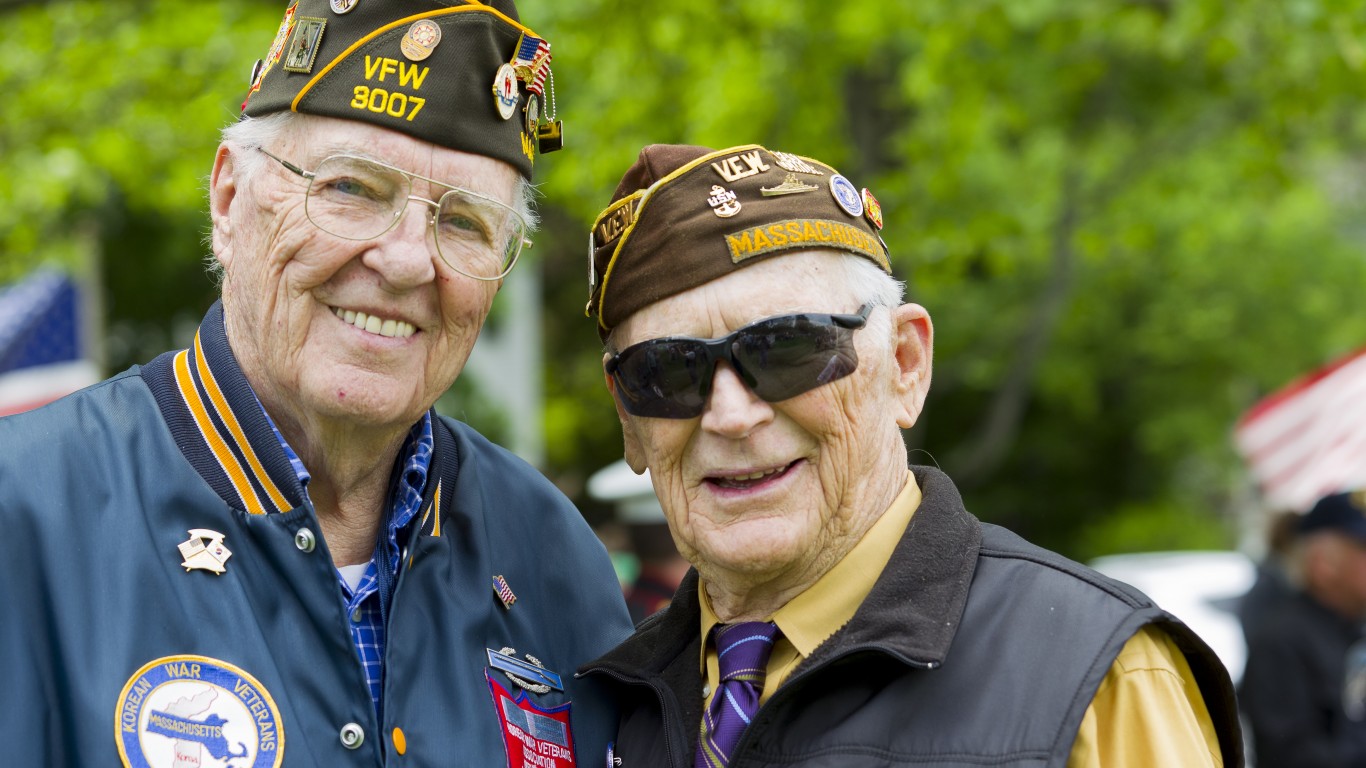
Today only about 100,000 World War II veterans are still alive. Most were born between 1918 and 1927. They are 96-98 years old now. Within the next 10 years their numbers are expected to decline to 1,000 or so, who will be in their late 90s or early 100s. Here are 6 things we will lose when these living treasures pass on:

The greatest loss the is personal one to families of course. Many veterans are now seeing the 4th or even 5th generations of their offspring (down to great-great grandchildren). An elder of this age is often a beloved fixture in a family. Even at an advanced age, some are still quite energetic and clear-minded, attending family events and hosting reunions at the “home-place.” Losing them can be a bit like removing the central hub from a spoked wheel.
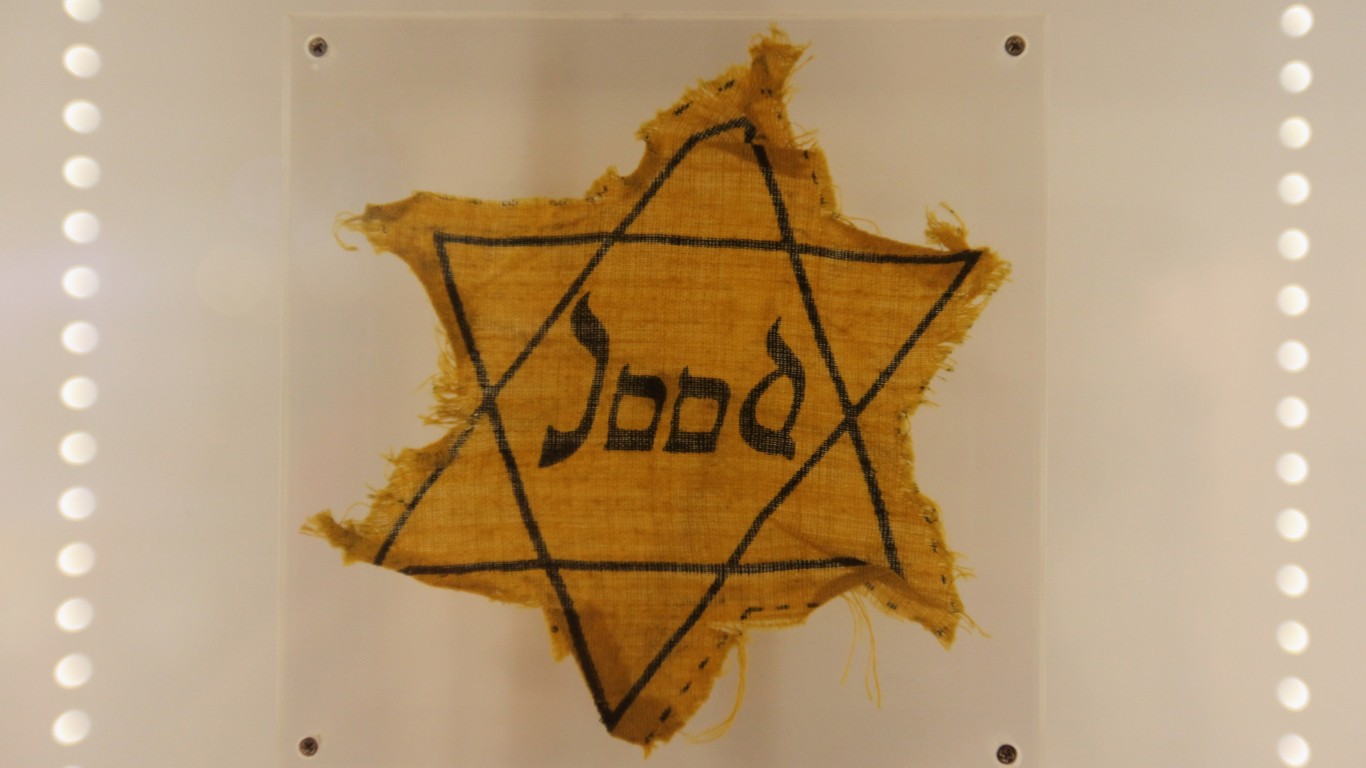
In an era when people have trouble believing that anything is objectively true and try to challenge even the most well-established knowledge with their own “alternative facts,” World War II veterans are eyewitnesses to the historicity of this watershed time in history. Perhaps nowhere is this more crucial than in the memories of those who helped liberate the Nazi death camps. This knowledge needs to be preserved in as many ways as possible to shut down current and future Holocaust deniers who dishonor those who were murdered and those who witnessed this horror firsthand.

People who were alive in the 40s are often called the “Greatest Generation” because of the profound sacrifices they made with exemplary bravery, stoicism, patriotism, and determination. This applied both to those who served in the military and those who supported them on the home front. These are some of the values this generation has exemplified:

World War II was a conflict that to most Americans seemed to have a clear “good” and “bad” side, so it united the country like few conflicts before or since. And the victory was so complete and placed the United States in such a position of commanding leadership in the postwar world that it left Americans with a lasting sense of triumph. Veterans were welcomed home as heroes and, generally speaking, the government and private employers were often eager to help them get reestablished at home.
All of our conflicts since then have had some ambiguity to them in the way they were fought, the reasons for fighting, the way the conflict ended, and their cost. At times, veterans have come home to a mixed or even negative reception. Once our World War II veterans have passed, it is possible that future generations may not be as eager to honor the service of veterans, or continue funding programs for them as generously as they need and deserve.
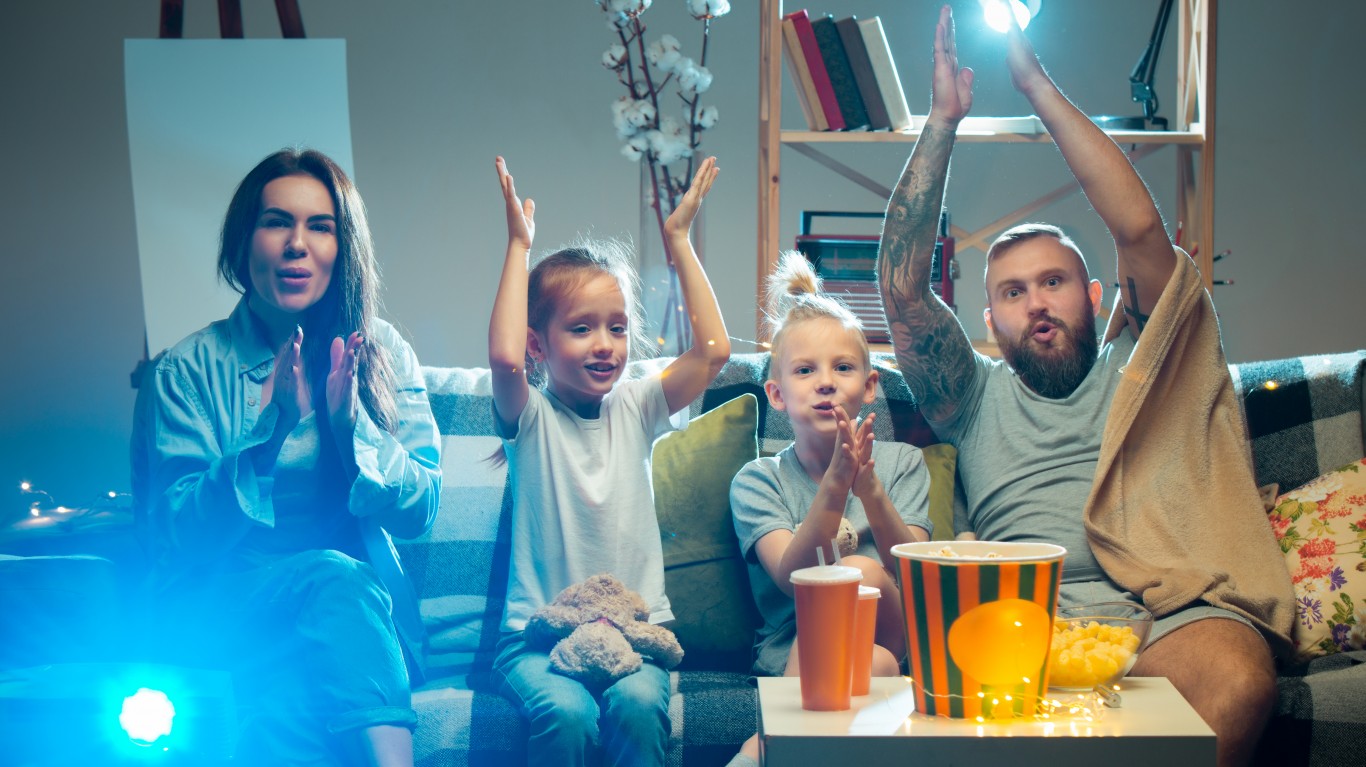
When’s the last time you thought about World War I or saw a movie about it? What about the Mexican War or the Spanish-American War? These earlier conflicts have been eclipsed by what came later, and this will also gradually happen with World War II. As this conflict becomes a less interesting theme to future generations, so too will the lessons to be learned from it and the brave role models we can follow from that time will start to fade from our collective consciousness.

World War II veterans lived through horrific experiences, but most of them, once they got home, sucked it up and got back to the business of providing for their families. We can’t say that the way they did it was always the most healthy approach for their individual mental health or their family life. But, within the norms of their time, they adjusted and did what they needed to do. They’ve lived through 14 presidents now since FDR and they understand that things ebb and flow, but at the common person’s level, life often remains pretty much the same. And while they might enjoy complaining about Washington, at the end of the day they knew they had personal responsibility for their choices, and the consequences of those choices.
That perspective can be a great comfort to people of all ages working their way through the mystifying stages of life. Great-grandpa has been there and done that. And if he did it, I can deal with whatever is bothering me in some inconsequential staff meeting, social media post, or HOA rule that’s getting on my nerves.
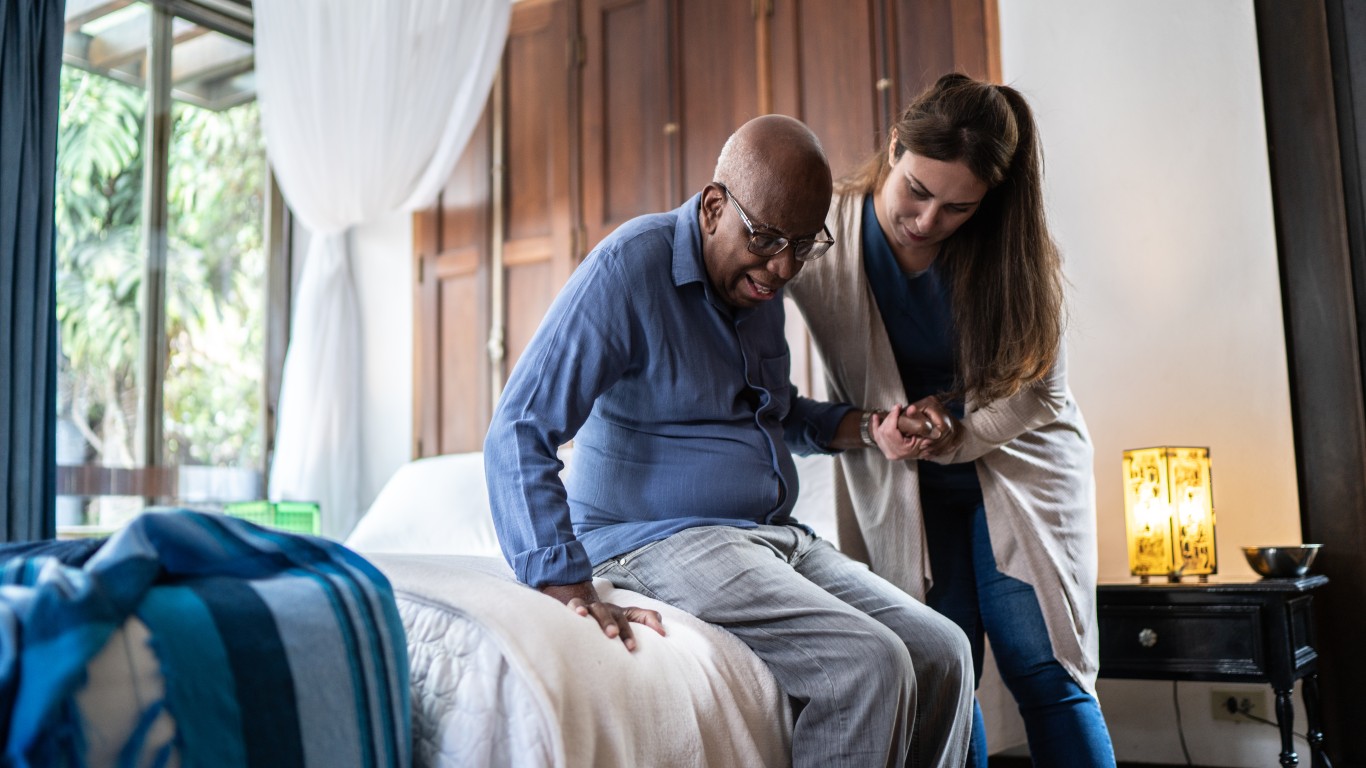
If you are blessed to still have a World War II veteran in your family or among your social group, here are a few suggestions of how to show them appreciation and benefit from the rich life experience they have to offer:
Most of all, just enjoy being with them, even if you don’t talk at all. Because in the end, while human beings kill each other for land and resources, what they most often miss is that it is the people themselves who are the real treasure.
Start by taking a quick retirement quiz from SmartAsset that will match you with up to 3 financial advisors that serve your area and beyond in 5 minutes, or less.
Each advisor has been vetted by SmartAsset and is held to a fiduciary standard to act in your best interests.
Here’s how it works:
1. Answer SmartAsset advisor match quiz
2. Review your pre-screened matches at your leisure. Check out the advisors’ profiles.
3. Speak with advisors at no cost to you. Have an introductory call on the phone or introduction in person and choose whom to work with in the future
Thank you for reading! Have some feedback for us?
Contact the 24/7 Wall St. editorial team.